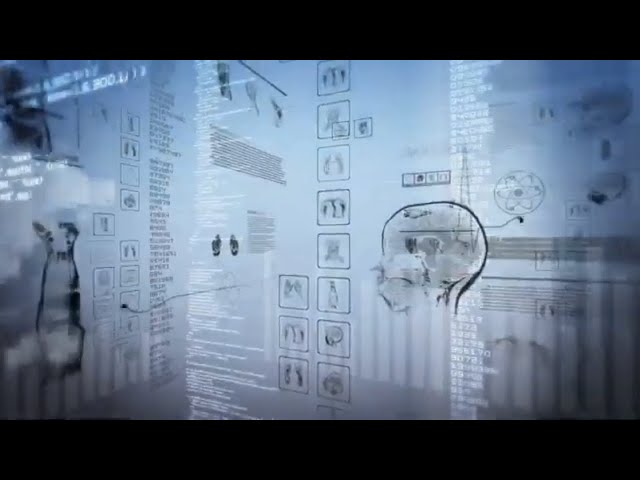Using Data to Diagnose Brain Diseases
Background
Michael I. Miller is the Bessie Darling Massey Professor and Director of Biomedical Engineering at Johns Hopkins University. He is also co-director of the Kavli Neuroscience Discovery Institute.
As a biomedical engineer who specializes in data science, Dr. Miller is pioneering cutting-edge technologies in computational medicine to understand and diagnose neurodegenerative diseases. His research focuses on the functional and structural characteristics of the human brain in health and disease, including Huntington’s disease, Alzheimer’s disease, dementia, bipolar disorder, schizophrenia, and epilepsy. By developing new tools to analyze patient brain scans, derived from advanced medical imaging technologies, Dr. Miller aims to predict the risk of developing neurological disorders years before the onset of clinical symptoms. His lab is currently devising cloud-based methods to build and share libraries of brain images—and the algorithms used to understand them—associated with neuropsychiatric illness. Dr. Miller’s research is highly translational, and he has co-founded four start-up companies in the past decade.
Dr. Miller has co-authored more than 300 peer-reviewed publications, as well as two highly cited textbooks on random point processes and computational anatomy. He has received numerous awards for his work, including the national Institute of Electrical and Electronics Engineers (IEEE) Biomedical Engineering Thesis Award, the Johns Hopkins Paul Ehrlich Graduate Student Thesis Award, and the National Science Foundation (NSF) Presidential Young Investigator Award. He was named an inaugural Johns Hopkins University Gilman Scholar in 2011 for demonstrating a distinguished record of research, teaching, and service. He is an elected Fellow of the American Institute for Medical and Biological Engineering and the Biomedical Engineering Society.
Dr. Miller earned his B.S. from the State University of New York at Stony Brook, and his M.S. and Ph.D. in biomedical engineering from Johns Hopkins University. He was the Newton R. and Sarah L. Wilson Professor in Biomedical Engineering at Washington University in St. Louis until joining Johns Hopkins University in 1998 as the founding director of the Center for Imaging Science. He was named the Herschel and Ruth Seder Professor in Biomedical Engineering in 2003, before his appointment as the director of the Department of Biomedical Engineering in 2017.




Patient Ratings & Comments
The Patient Rating score is an average of all responses to physician related questions on the national CG-CAHPS Medical Practice patient experience survey through Press Ganey. Responses are measured on a scale of 1 to 5, with 5 being the best score. Comments are also gathered from our CG-CAHPS Medical Practice Survey through Press Ganey and displayed in their entirety. Patients are de-identified for confidentiality and patient privacy.